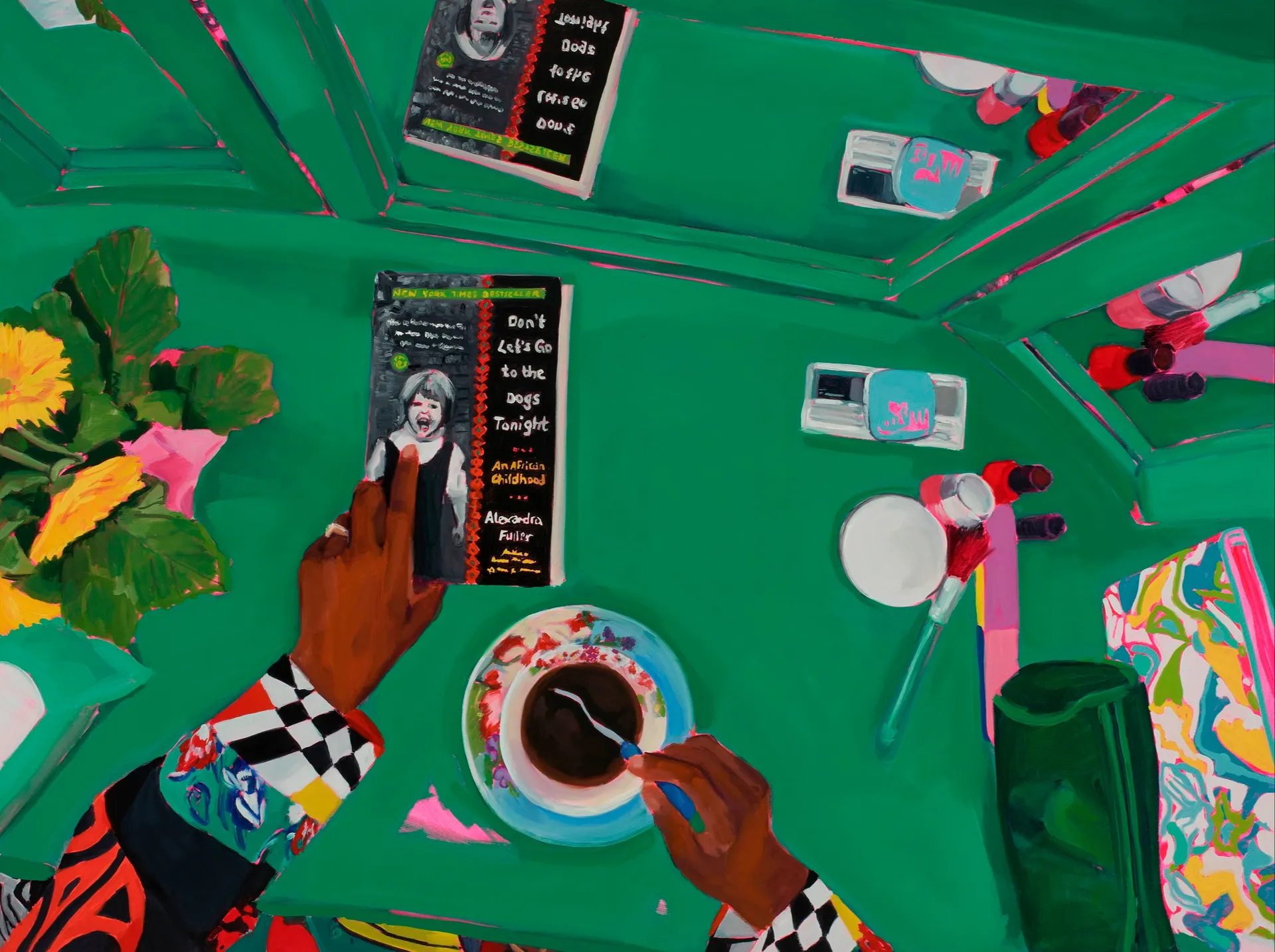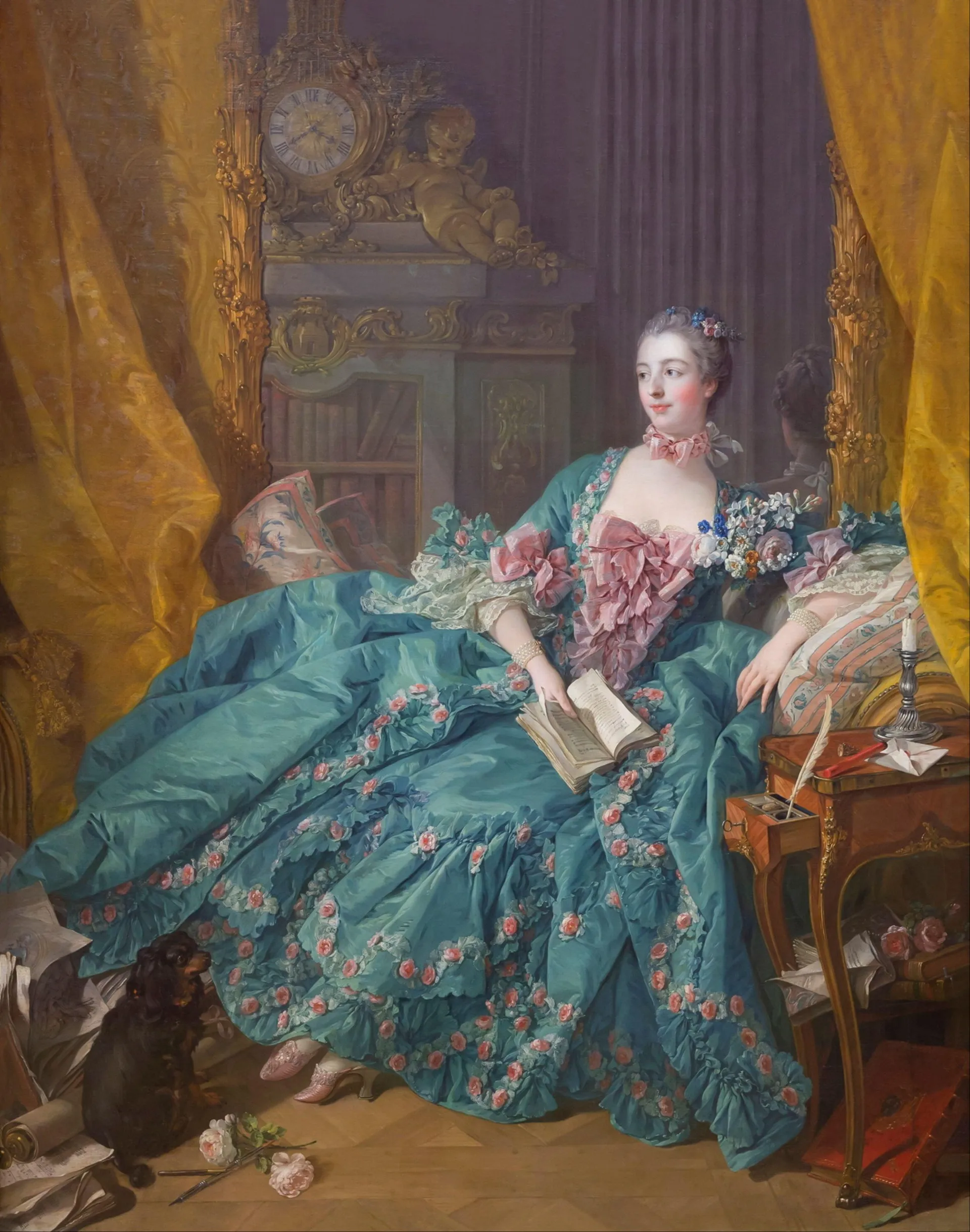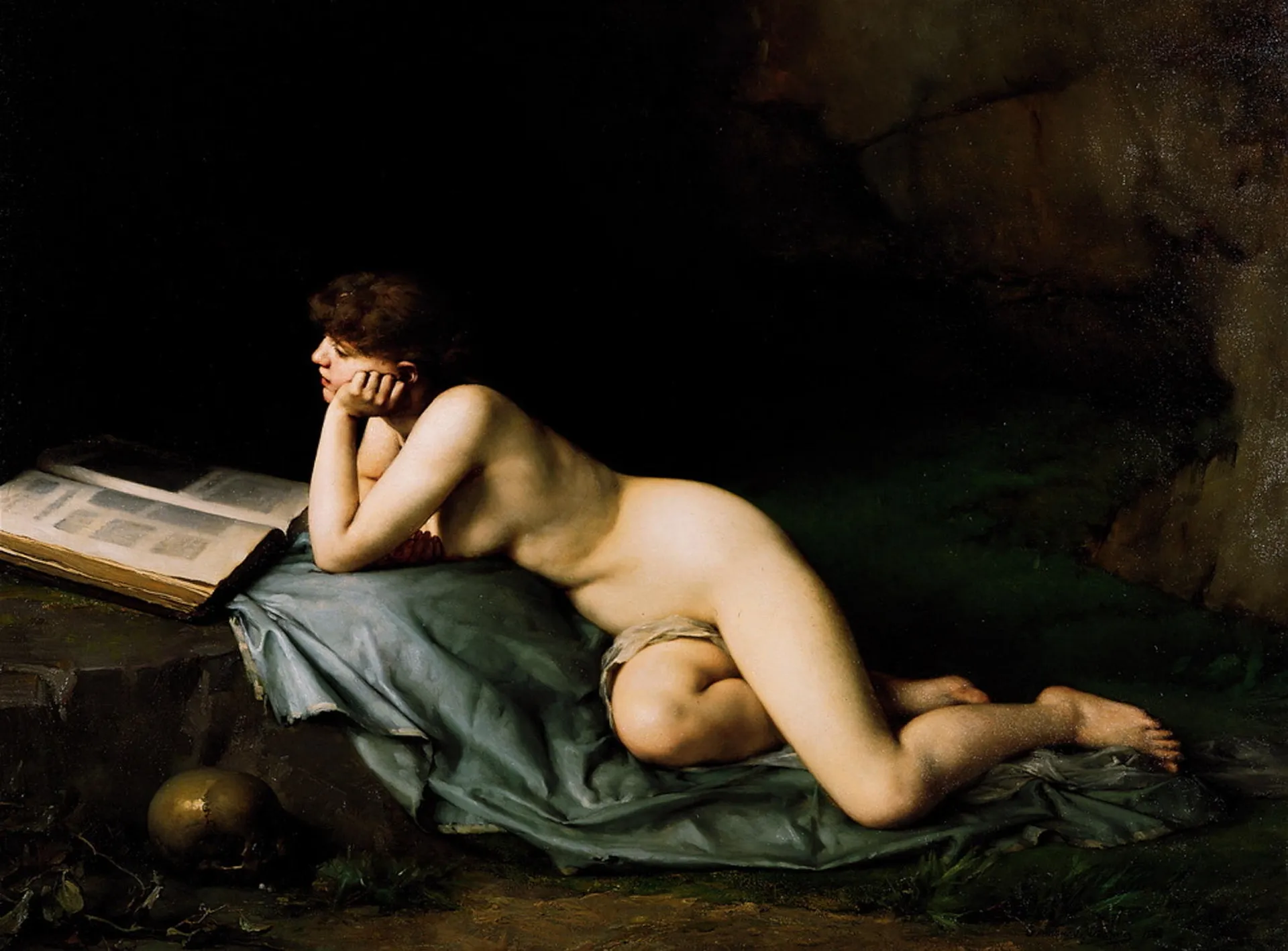尊敬的用户您好,这是来自FT中文网的温馨提示:如您对更多FT中文网的内容感兴趣,请在苹果应用商店或谷歌应用市场搜索“FT中文网”,下载FT中文网的官方应用。


Last week, just an hour before I had to leave my apartment for the airport, I was still frantically packing. It was a short trip with a full schedule, but I spent about 10 minutes deciding which of the three books I was reading to take with me. I knew it was unlikely I’d have time to turn more than a few pages, but it never occurred to me to not take at least one book.
上周,就在我离开公寓去机场的前一个小时,我还在疯狂地收拾行李。这是一次时间紧张的短途旅行,但我花了大约10分钟决定带上正在阅读的三本书中的哪一本。我知道我可能没有时间翻开几页,但从来没有想过不带至少一本书。
Reading has always been such an important part of my life that I can easily forget what a privilege it is, a luxury even, not only to be able to read but to have access to so many books across different genres and subject matter. When I stop to think about the value of reading, it strikes me that maybe it’s a luxury we can’t afford to not take advantage of, however busy our lives might be. I don’t think we can overestimate the role that reading plays in shaping our lives, especially when what we read invites us to reflect on unfamiliar stories and perspectives, those we have yet to make room for in our imagination, alongside the familiar.
阅读一直是我生活中如此重要的一部分,以至于我时常忘记,这不仅是一种能力,甚至也是一种奢侈。不仅仅是能阅读,更是有机会接触到各类书籍和不同主题。当我停下来思考阅读的价值时,意识到无论我们生活多么忙碌,阅读都是一种我们无法忽视的“奢侈”。阅读在塑造生活中的作用是巨大的,尤其当我们阅读的书籍邀请我们去反思那些陌生的故事和观点时——这些故事和观点也许尚未在我们的想象中占据一席之地,但它们却与我们熟悉的故事共同存在。
I love François Boucher’s 1756 painting of Madame de Pompadour, which is housed in the Alte Pinakothek in Munich. Gold curtains are pulled back as though to reveal Pompadour, mistress of the French king Louis XV, lounging on her chaise, centre stage. Her dress is almost a character in its own right, and seems to take over the canvas, yet her figure is in no way diminished. Behind her is an ornate bookcase with full shelves. An obedient dog sits at her feet, beside strewn flowers on the floor. A side table is arranged in the foreground of the painting, with its drawer open to reveal an inkwell and quill, while on the shelf beneath, books pile up and spill over. Placed right at the centre of Madame de Pompadour’s body is an open book, which she holds in her hand.
我喜欢弗朗索瓦•布歇1756年的《蓬帕杜夫人》画作,该画作收藏在慕尼黑的老绘画馆。金色的窗帘被拉开,仿佛要揭示法国国王路易十五的情妇蓬帕杜夫人正悠闲地躺在她的躺椅上,处于舞台的中央。她的服装几乎成为一个独立的角色,似乎占据了整个画布,但她的形象丝毫没有被削弱。在她身后是一个装饰华丽的书柜,书架上摆满了书。一只听话的狗坐在她的脚边,地板上散落着花朵。画面的前景是一张边桌,抽屉打开,露出墨水瓶和羽毛笔,而在下面的架子上,书堆积如山,溢出来。放在蓬帕杜夫人身体正中央的是一本打开的书,她正拿在手中。


We know that literacy grew significantly throughout 18th-century Europe, and that reading material became more widespread, available to people beyond the clergy and nobility. But books remained expensive, and reading, even for well-to-do women, was considered a luxurious pastime. Moreover, in France at this time, the state had tight control of reading materials.
我们知道,18世纪的欧洲的识字率显著增长,阅读材料也变得更加普及,不仅限于教士和贵族。但是书籍仍然昂贵,即使对于富裕的妇女来说,阅读也被视为一种奢侈的消遣。此外,在这个时期的法国,国家对阅读材料有严格的控制。
This painting, in some beautiful way, suggests that reading can feel like returning home, and can offer a deep sense of nourishment
这幅画以某种优美的方式暗示,阅读就像回家一样,能给人带来深厚的滋养感
Although I am more than aware that few of Pompadour’s contemporaries enjoyed the luxury of books, what I love about this painting is how it places reading on a par with fine jewels or clothes as something worth aspiring to. Pompadour’s head is held high, as though reflecting for a moment on the contents of the book, and I like to imagine that in the privacy of her room she has managed to get a hold of whatever it is she wants to read, regardless of royal censorship.
尽管我清楚,蓬帕杜的同时代人中很少有人能享受书籍的奢侈,但我喜欢这幅画,因为它将阅读与精美的珠宝或服饰相提并论,认为阅读是值得向往的事情。蓬帕杜昂首挺胸,仿佛在思考书中的内容,我喜欢想象她在自己的房间里,不顾皇室的审查制度,想读什么就读什么。
It’s easy to forget that the reason why reading was controlled in the past, and is still controlled under some regimes today, is because people understand that books reveal a multiplicity of worlds. They show us the many different ways that a life can be caged or free. They offer us powerful access to knowledge, which can in turn expand our sense of agency. And once people have a sense of agency, almost anything seems possible. Besides the sheer pleasure of it, I have always recognised my access to books as a form of power. I learn how to do new things or how to approach different seasons or experiences in life. Reading invites me to contemplate both more expansive and intentional ways of being in the world.
很容易忘记过去对阅读进行控制的原因,以及在一些政权下至今仍然进行控制的原因,那是因为人们明白书籍展示了多样的世界。它们向我们展示了生活可以被限制或自由的许多不同方式。它们为我们提供了强大的知识获取途径,这反过来又扩展了我们的行动感。一旦人们有了行动感,几乎任何事情都似乎是可能的。除了纯粹的快乐之外,我一直将自己对书籍的接触视为一种权力形式。我学习如何做新的事情,或者如何应对生活中的不同季节或经历。阅读邀请我思考在世界中更加广阔和有意识的存在方式。
The 1886 painting “Marie-Madeleine au Desert”, by the 19th-century French painter Emmanuel Benner, is on view at the Strasbourg Museum of Modern and Contemporary Art. It shows a naked young woman draped on a blue cloth, engrossed in reading a large folio manuscript. She is alone in cave-like surroundings, yet she appears unafraid. The woman is supposed to be Mary Magdalene, known through the New Testament Gospel narratives as a devout follower of Jesus of Nazareth. Some believe her to have been wealthy and a financial supporter of Jesus’s ministry. Others believe she was a woman of ill repute. Regardless of interpretation, I love the reframing of her here as a reflective, literate woman, seemingly undisturbed by the opinions and perspectives of the outside world.
19世纪法国画家埃马纽埃尔•本纳(Emmanuel Benner)于1886年创作的《沙漠中的抹大拉的玛丽•玛德琳》目前正在斯特拉斯堡现代与当代艺术博物馆展出。画中描绘了一位赤裸的年轻女子,身披蓝布,专注地阅读一本大型手抄本。她身处洞穴般的环境中,然而她看起来并不畏惧。这名女子被认为是《新约》中记载的抹大拉的马利亚,她是耶稣的虔诚追随者。有人认为她富有并资助了耶稣的传道事业,而另一些人则认为她是声名狼藉的女人。无论何种解释,我非常喜欢这里将她重新刻画为一位深思熟虑、学识渊博的女性,她似乎完全不为外界的看法所动摇。


Reading is such a significant part of my vocational life, and I think about the hours I can and often do spend on a weekend afternoon immersed in a book without thinking about anything else. The book can almost become a place of habitation. And this painting, in some beautiful way, suggests to me that reading can feel like returning home, and can offer a deep sense of nourishment. There is also the fact of Mary Magdalene’s nakedness, which I choose to see as symbolic of the exposure and vulnerability that any of us can bring to a text, a sense of openness to learning and to listening that can foster a dialogue with the author. Her posture implies that this exposure is not a threat, it’s not dangerous. Rather, that when we read with openness, we expose ourselves willingly to the possibility of being encountered ourselves.
阅读是我职业生活中非常重要的一部分,我常常想到自己可以在周末的下午花上几个小时沉浸在书本里,不去想其他任何事情。书籍几乎成为一个栖息之所。而这幅画以某种美丽的方式让我感受到,阅读可以像回家一样,带来深刻的滋养感。至于玛丽•玛德琳的赤裸形象,我认为它象征着我们在阅读时的开放与脆弱,一种面对学习和倾听时的坦诚。她的姿态表明这种脆弱并非威胁,而是当我们以开放的心态阅读时,愿意自我暴露,甚至在过程中发现自己。
I am regularly drawn to the work of contemporary Kenyan artist Wangari Mathenge. Her 2021 painting “The Ascendants XIX (Her Things Are Here)” gives an overview of a green table with cosmetic items, make-up bags and flowers arranged on its surface. We also see a pair of women’s hands with slim fingers. The right hand stirs a cup of coffee and the left cradles a book, the thumb serving as a place marker.
我经常被肯尼亚当代艺术家王王加里•马森格(Wangari Mathenge)的作品所吸引。她2021年的画作《升华者XIX(她的物品在这里)》展示了一张绿色的桌子,上面整齐地摆放着化妆品、化妆包和花朵。我们还能看到一双纤细的女性手。右手在搅拌一杯咖啡,左手轻轻托着一本书,拇指像书签一样标记着阅读的进度。
It seems such a simple, commonplace scene. But what I like so much about this work is its sense of perspective. As we look from above we are given an intimate view of a small slice of this woman’s life. Perhaps we’ve caught her getting ready in the morning, grabbing just a few minutes to read a couple of pages of the book she can’t keep away from. And we see the book’s cover clearly enough to know that she’s reading Don’t Let’s Go to the Dogs Tonight, a striking and unforgettable memoir by Alexandra Fuller, about her chaotic upbringing in Rhodesia during the country’s civil war. Its inclusion is an interesting choice for Mathenge, who lives and works between African and western countries, and perhaps points to the ongoing ways in which a woman negotiates her relationship with writing, identity and place.
这似乎是一个简单而普通的场景。但我非常喜欢这幅作品的透视感。从高处俯瞰,我们可以亲密地看到这位女士生活中的一个小片段。也许我们看到的是她早晨准备的时刻,抓紧几分钟时间读几页她无法割舍的书。我们清楚地看到书的封面,知道她正在读《别让我们去见狗狗们》,这是亚历山德拉•富勒的一本引人注目且难以忘怀的回忆录,讲述了她在罗得西亚内战期间混乱的成长经历。对于在非洲和西方国家之间生活和工作的马森格来说,选择这本书是一个有趣的决定,也许这也表明了一位女性在处理与写作、身份和地点的关系时所采用的方式。
I love that the artist lets us read the title of the book. It is almost an invitation for us to look for it ourselves in our own lives, and to spur our own thoughts, even if they may come into conflict with what we read. This, for me, highlights the value of reading as something that can open up ways to engage with stories vastly different from our own, and at the same time let others into the more intimate spaces of our lives, as with this painting. How many of us have been in a conversation in which we are either asked or we ask the other, “Are you reading anything you’d recommend?” or “What was the last book you read?” We love to hear about the books that other people read because they tell us something about who those people are, their interests and what excites them. There’s the hope that we might find something in common with one another. And the hope that we might find something new and interesting that might inspire our own lives.
我喜欢艺术家让我们读到书的标题。这几乎是在邀请我们在自己的生活中寻找它,并激发我们自己的思考,即使这些思考可能与我们所读的内容相冲突。对我来说,这突显了阅读的价值,因为阅读可以打开与我们自己截然不同的故事互动的方式,同时也让他人进入我们生活中更私密的空间,就像这幅画一样。我们中有多少人在谈话中被问到,或者我们问对方:“你在读什么值得推荐的书吗?”或者“你最近读的书是什么?”我们喜欢听别人读的书,因为它们告诉我们这些人是谁,他们的兴趣以及什么让他们兴奋。我们希望能找到彼此的共同点。我们也希望能找到一些新奇有趣的东西,能激发我们自己的生活。